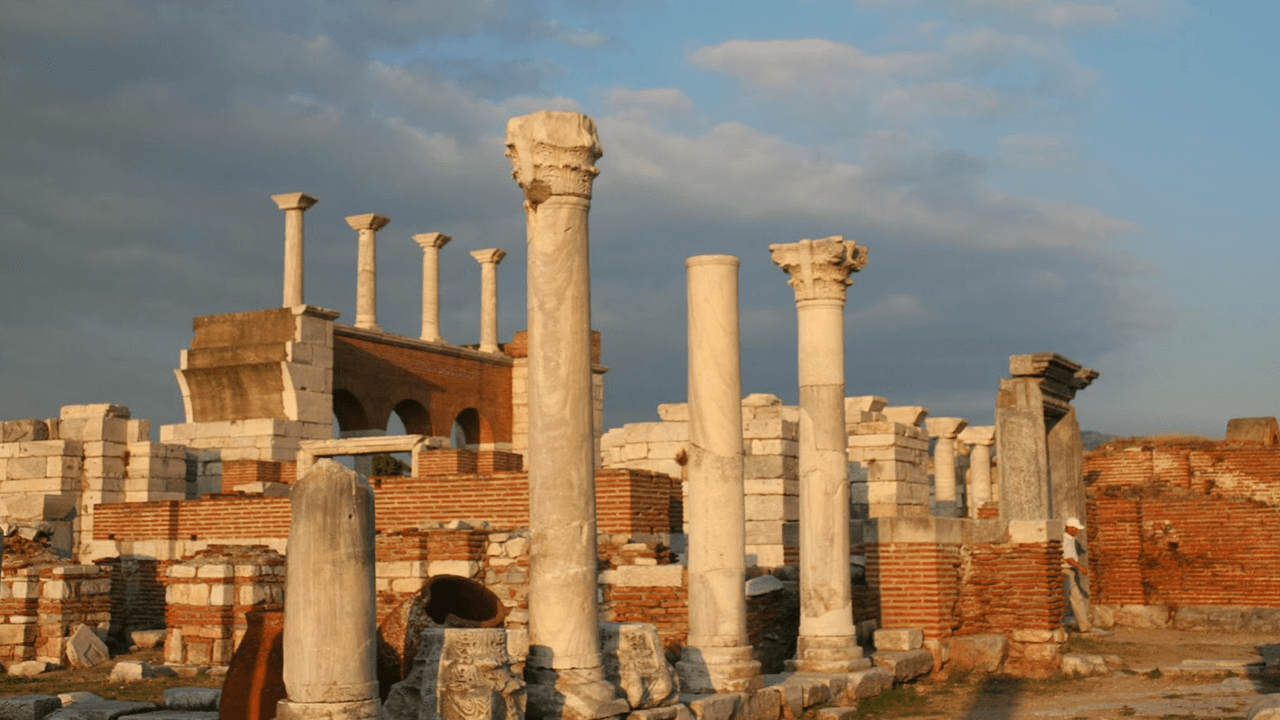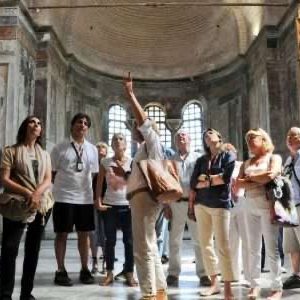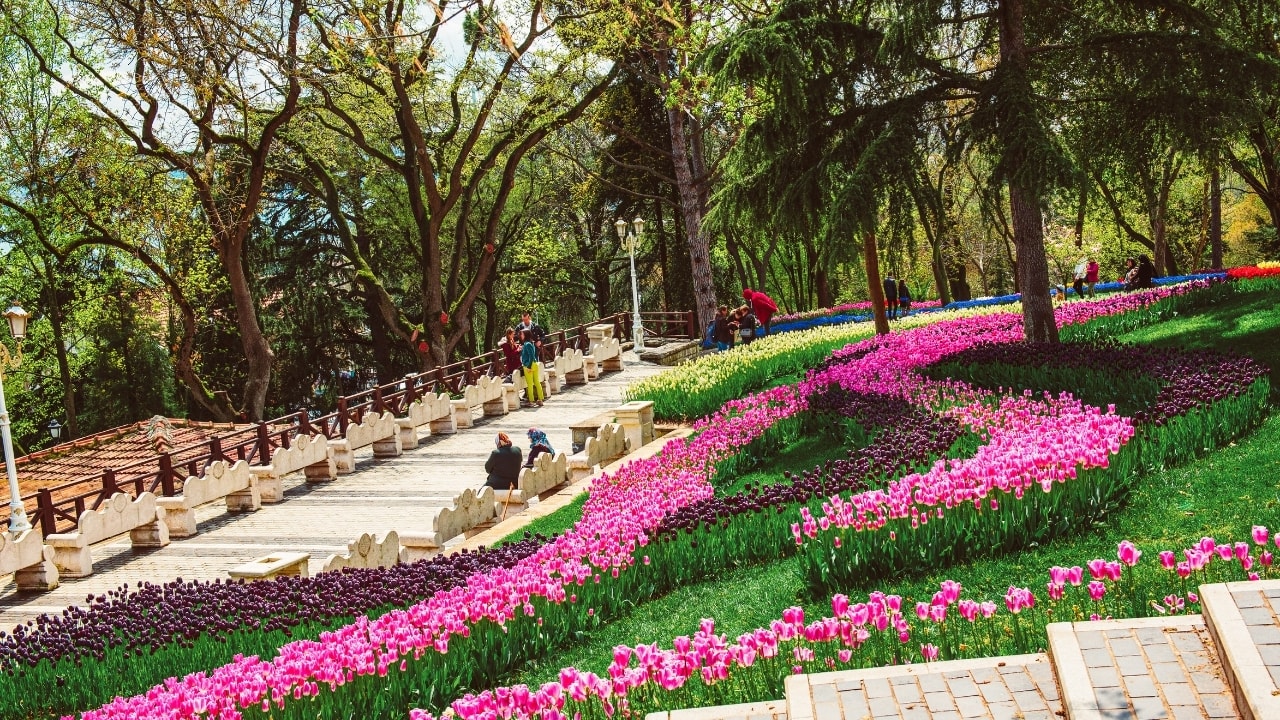Temple of Artemis: One of the Seven Wonders of the Ancient World
Located on Ayasuluk Hill, the Temple of Artemis, also known as the Artemision, was one of the Seven Wonders of the Ancient World. This majestic temple, dedicated to the goddess Artemis, was an important center of worship and pilgrimage in Ephesus, attracting visitors from across the region.
History and Construction of the First Temple
The first temple was built in the 6th century B.C. in the Ionic dipteral style, with two rows of columns on the sides and three at the front and back. In total, the temple had 127 Ionic columns, each 19 meters high, with 36 decorated with relief sculptures.
The Destruction by Herostratus
In 356 B.C., a man named Herostratus set fire to the temple with the aim of being remembered forever, achieving infamy by destroying one of the wonders of the world. Ironically, on that same night, Alexander the Great was born, who years later offered a donation to rebuild the temple on the condition that his name would be associated with it. The offer was politely declined with the response, “It would be inappropriate for one god to build a temple for another.”
The Second Temple and Its Reconstruction
In the 4th century, the temple was rebuilt on a base of 13 steps, following the same layout but with slimmer and shorter columns. This temple faced west, a unique orientation that reflects its Anatolian origins, unlike Greek temples, which typically face east.
Famous Sculptors: Scopas and Praxiteles
The decoration of the temple was carried out by famous sculptors of the time. The columns were sculpted by Scopas, while the altar was the work of Praxiteles, adding significant artistic and cultural value to the reconstructed temple.
Decline and Destruction of the Temple
The Temple of Artemis suffered another devastation in 262 A.D. when the Goths invaded the region and destroyed much of the structure. Over time, the spread of Christianity in Ephesus reduced the temple’s importance in the city’s religious life, and many of its materials were repurposed for other constructions, symbolizing the triumph of Christianity over paganism.
The Last Remnant of the Temple
Today, only one column of the original 127 remains standing. This column was erected between 1972 and 1973 using pieces from different columns, though it does not reach the temple’s original height. It is the only tangible reminder of the magnificence of this sacred sanctuary.
The Processional Way and the Portico of Damianus
The Temple of Artemis was connected to the city by a processional path that circled Mount Pion, passing by the Great Gate. This path was used for religious processions and was lined with tombs along its length.
The Stoa of Damianus
In the 2nd or 3rd century A.D., T. Flavius Damianus, a wealthy citizen and sophist of Ephesus, ordered the roofing of a section of the processional route from the Great Gate to the temple, known as the Stoa or Portico of Damianus. This portico provided a covered space for participants in the processions and added a monumental touch to the path leading to the temple.
Tips for Visiting the Temple of Artemis
- Location: The temple is located on Ayasuluk Hill near the ruins of Ephesus and is easily accessible from the main entrance.
- Best time to visit: Morning and late afternoon are ideal to avoid the midday heat and to appreciate the beauty of the surroundings with optimal lighting.
- Respect the site: As a site of great historical value, visitors are advised not to touch the ruins and to respect the designated areas.
Conclusion
The Temple of Artemis was a center of devotion and a masterpiece of ancient architecture, leaving an enduring legacy in the history of Ephesus. From its imposing columns to the mythological scenes depicted in its reliefs, this temple stands as a testament to the grandeur and cultural richness of the ancient city. Although only one column remains standing today, the temple continues to be a symbol of the region’s history and spirituality.














3 thoughts on “Temple of Artemis”
★★★★★
Learning about and visiting ‘Temple of Artemis’ was both fun and educational. Everyone should experience this!
★★★★★
Highly recommend visiting ‘Temple of Artemis’—a site rich with history and unparalleled beauty.
★★★★★
Exploring ‘Temple of Artemis’ exceeded all my expectations. A perfect combination of culture, beauty, and knowledge.